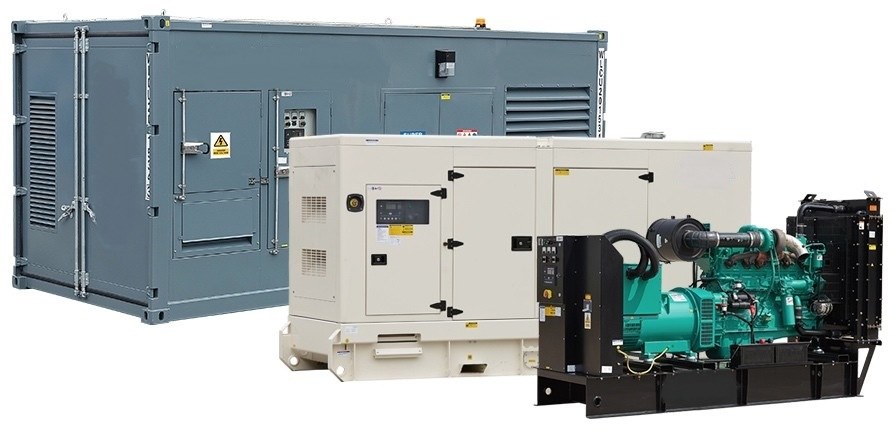



When conducting diesel generator selection and calculation, factors such as load requirements, power load characteristics, and generator parameters are needed to be considered so as to ensure the appropriate generator is chosen to meet electrical demands. It is generally recommended to use the formula: rated power of generator set × 0.8 = power requirement of electrical equipment. If there are large or medium-sized motors, additional consideration must be given to the 2-5 times starting current. For generator sets primarily used for UPS charging, professional consultation should be conducted based on the UPS specifications before determining the generator's rated power.
The diesel generator set should be selected based on its long-term continuous operating power output capability to meet the maximum calculated load of the entire project. The capacity of backup generators should be determined according to the criticality of the load. The continuous output power of diesel engines is typically 0.9 times their rated power.
Multiple generator units should be installed to ensure power supply continuity and accommodate load curve variations. More units allow better adaptation to load changes through selective unit activation, maintaining diesel engines in their economic load range to reduce fuel consumption rates and lower generation costs.
Environmental factors at the installation site, including temperature, humidity, and altitude, must be considered. When these parameters exceed the generator's rated specifications, capacity reduction is required. The total power supply capacity calculation must include all diesel generator-supported loads, considering installed capacity, load factors, and power factors.
